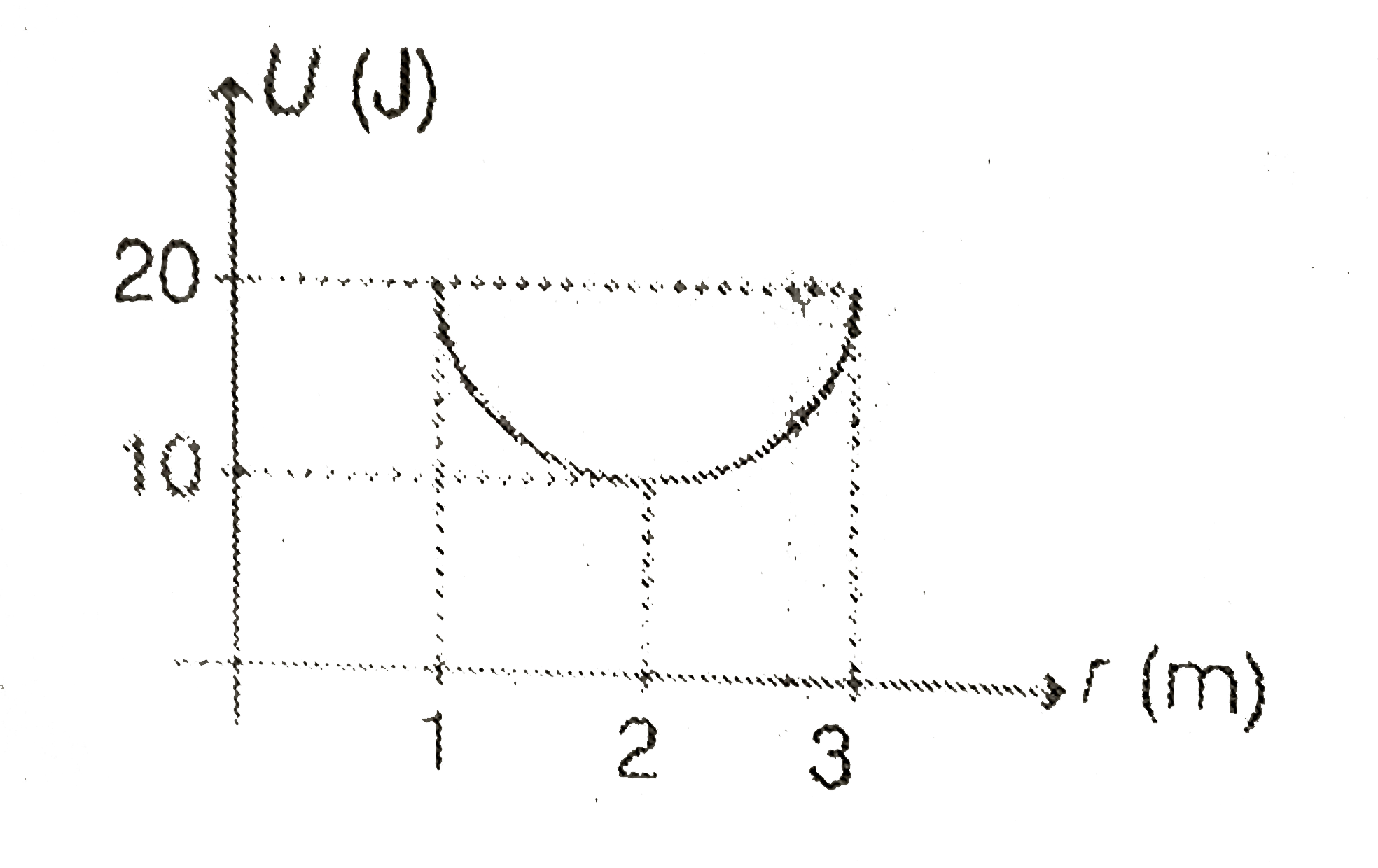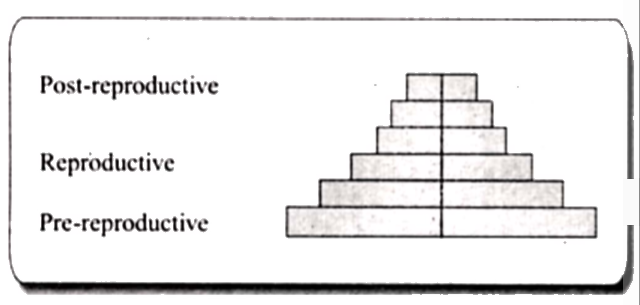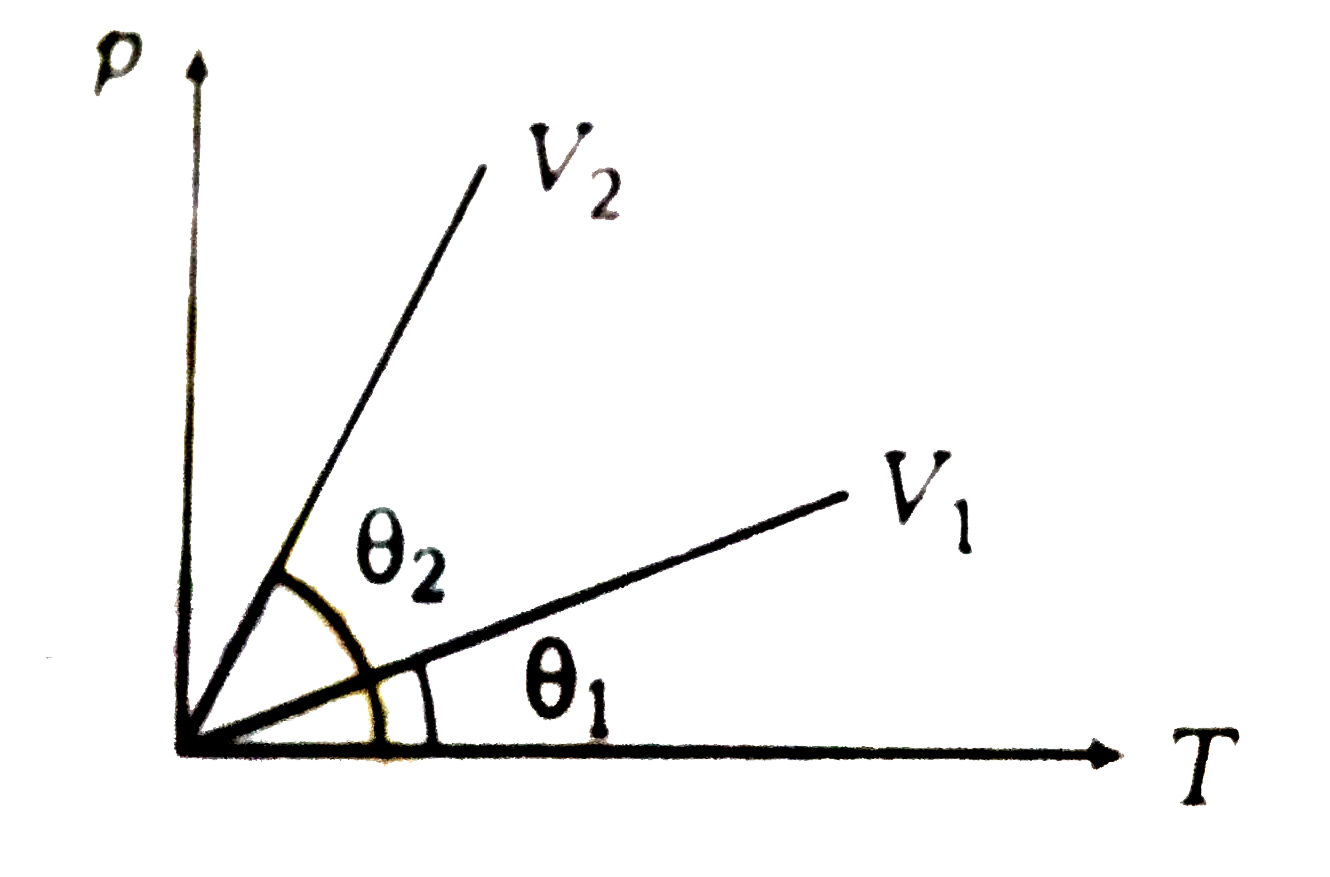For a mirror linear magnification m comes out to +2. What conclusions can be drawn from this ?
mirror is concave
mirror can be convex or concave but it can not be place
object lies between pole and focus
object lies between focus
The correct Answer is:A, C
To solve the problem regarding the linear magnification m=+2 for a mirror, we can follow these steps:
1. Understanding Magnification:
The magnification m is defined as the ratio of the height of the image h′ to the height of the object h:
m=h′h
Given that m=+2, this means that the image is twice the height of the object.
2. Interpreting the Sign of Magnification:
The positive sign of the magnification indicates that the image is erect. In optics, a positive magnification suggests that the image maintains the same orientation as the object.
3. Determining the Type of Mirror:
- A concave mirror can produce both real and virtual images, while a convex mirror only produces virtual images that are diminished.
- Since the magnification is positive and greater than 1, we can conclude that the image is virtual and magnified. This is characteristic of a concave mirror when the object is placed between the mirror's focus and its pole.
4. Locating the Object's Position:
- For a concave mirror, when the object is placed between the pole (P) and the focus (F), the image formed is virtual, erect, and magnified.
- Therefore, we can conclude that the object must be located between the pole and the focus of the concave mirror.
5. Final Conclusions:
- The image is virtual and erect.
- The mirror is a concave mirror.
- The object is located between the pole and the focus of the mirror.
Summary of Conclusions:
1. The image is virtual and erect.
2. The mirror is a concave mirror.
3. The object is located between the pole and the focus.
The magnification m is defined as the ratio of the height of the image h′ to the height of the object h:
m=h′h
Given that m=+2, this means that the image is twice the height of the object.
The positive sign of the magnification indicates that the image is erect. In optics, a positive magnification suggests that the image maintains the same orientation as the object.
- A concave mirror can produce both real and virtual images, while a convex mirror only produces virtual images that are diminished.
- Since the magnification is positive and greater than 1, we can conclude that the image is virtual and magnified. This is characteristic of a concave mirror when the object is placed between the mirror's focus and its pole.
- For a concave mirror, when the object is placed between the pole (P) and the focus (F), the image formed is virtual, erect, and magnified.
- Therefore, we can conclude that the object must be located between the pole and the focus of the concave mirror.
- The image is virtual and erect.
- The mirror is a concave mirror.
- The object is located between the pole and the focus of the mirror.
1. The image is virtual and erect.
2. The mirror is a concave mirror.
3. The object is located between the pole and the focus.
Topper's Solved these Questions
- RAY OPTICSBOOK - DC PANDEY ENGLISHCHAPTER - RAY OPTICSEXERCISE - C. comprehension type question
14 Videos
- RAY OPTICSBOOK - DC PANDEY ENGLISHCHAPTER - RAY OPTICSEXERCISE - Matrix matching type Q.
8 Videos
- RAY OPTICSBOOK - DC PANDEY ENGLISHCHAPTER - RAY OPTICSEXERCISE - A. Only one option is correct (JEE Advance)
73 Videos
- PROPERTIES OF MATTERBOOK - DC PANDEY ENGLISHCHAPTER - PROPERTIES OF MATTEREXERCISE - Integer
8 Videos
- ROTATIONBOOK - DC PANDEY ENGLISHCHAPTER - ROTATIONEXERCISE - (C) Chapter Exercises
39 Videos
Similar Questions
Knowledge Check
A conclusion drawn from the passage is that:
Afear of failure removes complacency in a person.Bfear of failure is necessary for one to value success.Cfailure is the growth factor as one learns from it and grows.Dthe loss of faith and hope is believed to arise from failure
If there is no external force acting on a nonrigid body, which of the followhng quantities must remain constant?
View SolutionWhich of the following conclusions can be drawn from the girdling experiment?
View SolutionU.r graph of a particle performing SHM is as shown in figure. What conclusion cannot be drawn from the graph?

View SolutionThe age pyramid for human population is shown below

Which of the following conclusion can be drawn from the given age pyramid?
View SolutionWhy is pedigree analysis done in study of human genetics ? State the conclusions that can be drawn from it.
View SolutionWhy is pedigree analysis done in study of human genetics ? State the conclusions that can be drawn from it.
View SolutionWhat conclusion can be drawn from Davission and Germer.s experiment ?
View Solution

